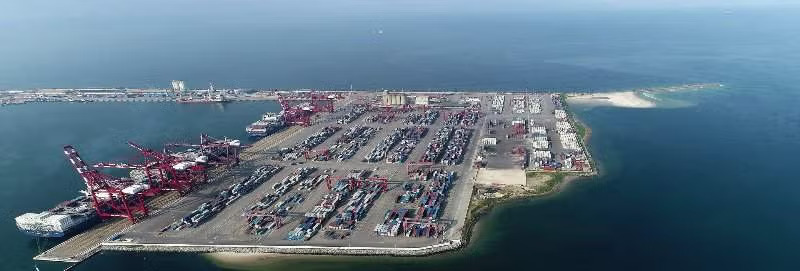At a Glance
- Strategic zones near ports accelerate exports, logistics, and industrial development across African economies.
- Diverse sectors include manufacturing, petrochemicals, and ICT, spurring thousands of sustainable jobs.
- Free trade zones support AfCFTA’s vision of a unified African market and increased trade flows.
Africa’s top free trade zones are fast emerging as engines of economic transformation, offering competitive hubs that attract investment, stimulate industrial growth, and expand intra-African trade.
Strategically positioned near seaports, international airports, and border corridors, these zones are designed to reduce trade barriers, improve logistics, and boost export potential across the continent.
From Morocco’s Tanger Med—home to over 900 companies and $9 billion in investment—to Nigeria’s Lekki Free Zone, these zones are catalyzing job creation, technology transfer, and infrastructure development.
They support a wide spectrum of industries, including manufacturing, agro-processing, oil and gas, logistics, and ICT—aligning with national and regional industrialization goals.
These free trade zones are not only magnets for global capital but also key enablers of the African Continental Free Trade Area (AfCFTA), which seeks to unify Africa’s economies into a single market of over 1.4 billion people.
As AfCFTA takes shape, these zones are poised to play a critical role in enhancing cross-border trade, supply chain integration, and regional competitiveness.
Shore Africa explores the top 20 free trade zones across Africa, spotlighting their economic impact, strategic advantages, and contributions to the continent’s bold new era of economic integration and growth.
1. The African Continental Free Trade Area (AfCFTA)
The African Continental Free Trade Area (AfCFTA) is the world’s largest free trade area, encompassing 1.3 billion people across 55 countries with a combined GDP of $3.4 trillion. It is the largest by the number of participating countries, and aims to create a single market for goods and services in Africa, deepening economic integration
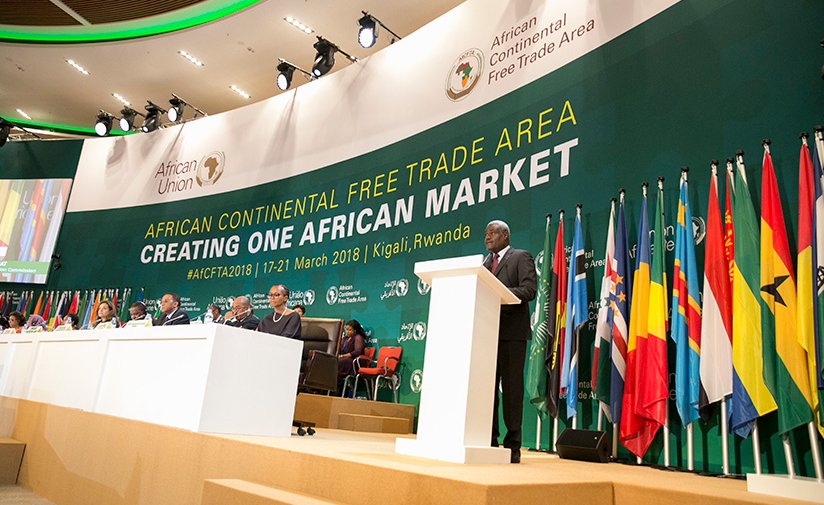
2. Suez Canal Economic Zone (SCZone)
Country: Egypt
Size: 46,100 hectares
Focus: Maritime industries, manufacturing, energy
Notes: Encompasses multiple ports and logistics hubs.
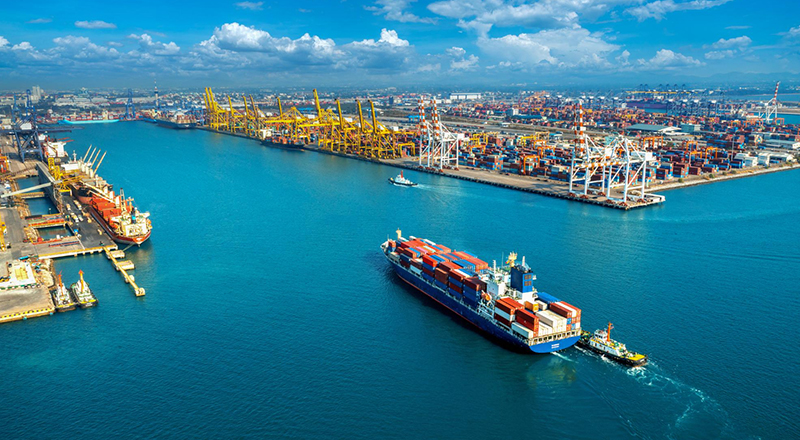
3. Lekki Free Trade Zone (LFTZ)
Country: Nigeria
Size: 16,500 hectares
Focus: Manufacturing, petrochemicals, logistics, deep-sea port
Notes: Home to Dangote Refinery, Lekki Port, and several industrial clusters.
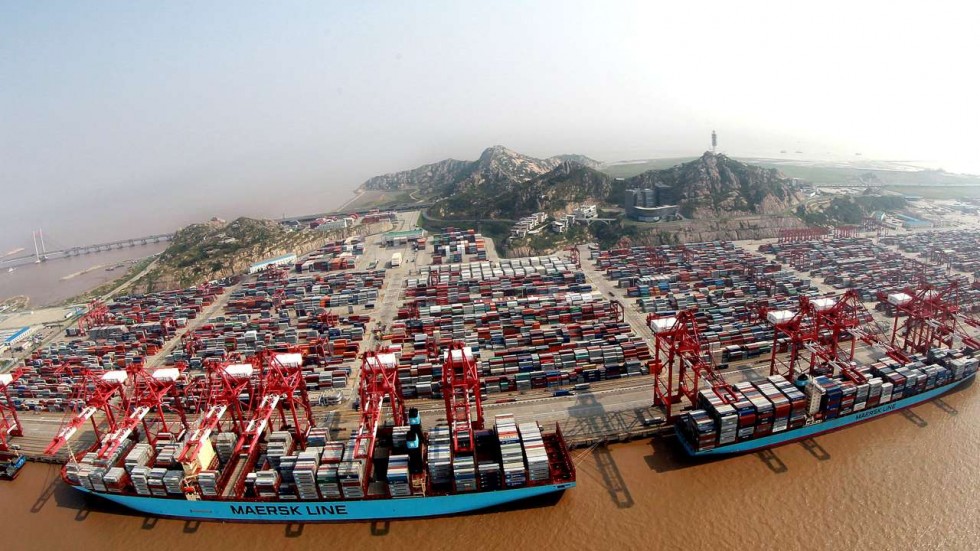
4. Djibouti International Free Trade Zone (DIFTZ)
Country: Djibouti
Size: 4,820 hectares (but part of the broader Djibouti corridor zone exceeding 10,000 hectares when combined)
Focus: Transshipment logistics, warehousing, distribution
Notes: Strategic gateway to Ethiopia and East Africa.
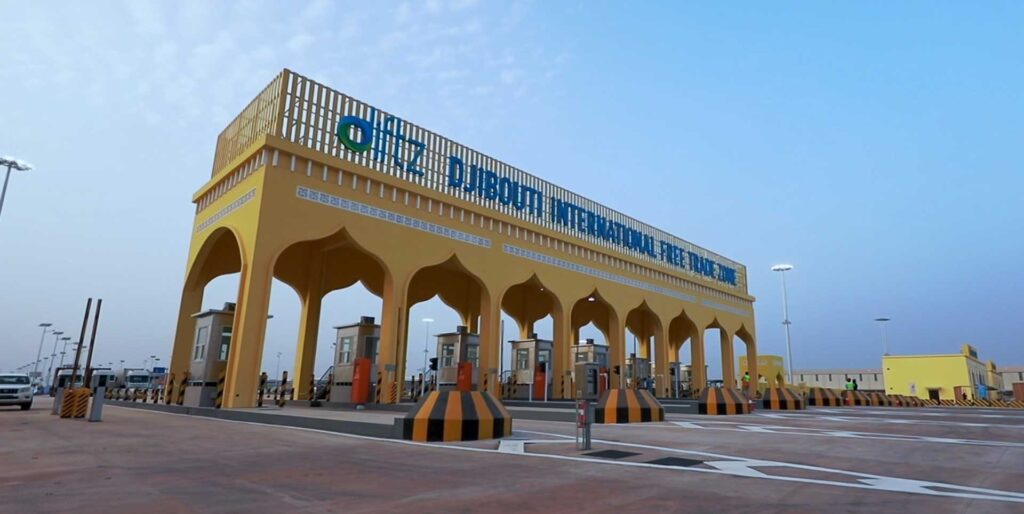
5. Nkok Special Economic Zone
Country: Gabon
Size: 1,126 hectares (but the planned expansion corridor exceeds 10,000 ha)
Focus: Timber processing, agro-industry, minerals
Notes: One of Central Africa’s best-known SEZs.
Launched in 2010, the Nkok Special Economic Zone (GSEZ) is a multi-sectoral industrial park located 27 km from Libreville.

6. Algiers Industrial and Logistics Zone
Country: Algeria
Size: ~12,000 hectares
Focus: Heavy industry, hydrocarbons, exports
Notes: Encompasses ports and road corridors with a container terminal covering 30.3 hectares, and a specific industrial zone in Oued Semar with 390 hectares and 355 companies. Overall, Algeria has been developing a network of industrial zones, with plans for 42 parks, some of which will be in the Algiers area, according to industry reports.
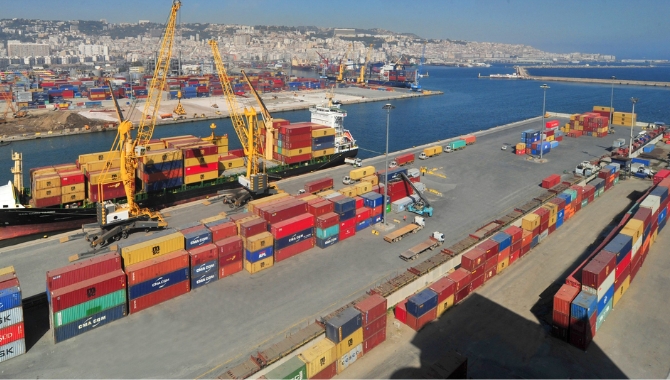
7. Olokola Free Trade Zone (OKFTZ)
Country: Nigeria
Size: ~10,500 hectares
Focus: Oil & gas, petrochemicals, port
Notes: Sited on Ogun–Ondo border. a joint venture between Ogun and Ondo States in southwest Nigeria. The zone is designed to facilitate the establishment of export-oriented industries.
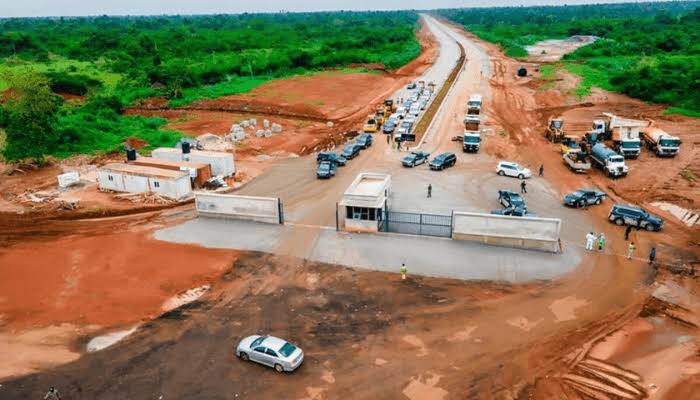
8. Walvis Bay Industrial Development Zone
Country: Namibia
Size: ~12,000 hectares
Focus: Logistics, fisheries, mining support
Notes: Port expansion planned. The Walvis Bay Industrial Development Zone will have an initial phase of 50 hectares, with expansion potential up to 1,500 hectares. The first phase is expected to create 3,000 jobs and attract NAD3.5 billion ($237 million) in investment. Expansion to 1,500 hectares could bring in NAd25 billion ($1.7 billion) in investment and create 20,000 jobs.
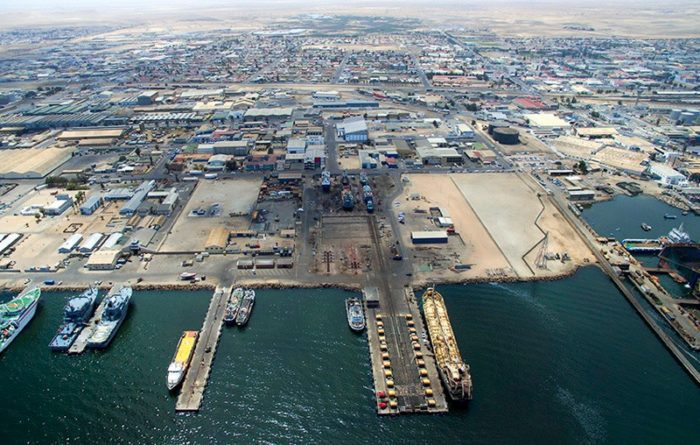
9. Beira Special Economic Zone
Country: Mozambique
Size: ~10,500 hectares
Focus: Logistics corridor to Zimbabwe and Malawi.The Beira Special Economic Zone, also known as the Manga-Mungassa Special Economic Zone, occupies a land area of 217 hectares. This area is located in the city of Beira, in the Sofala Province of Mozambique according to APIEX Mozambique.
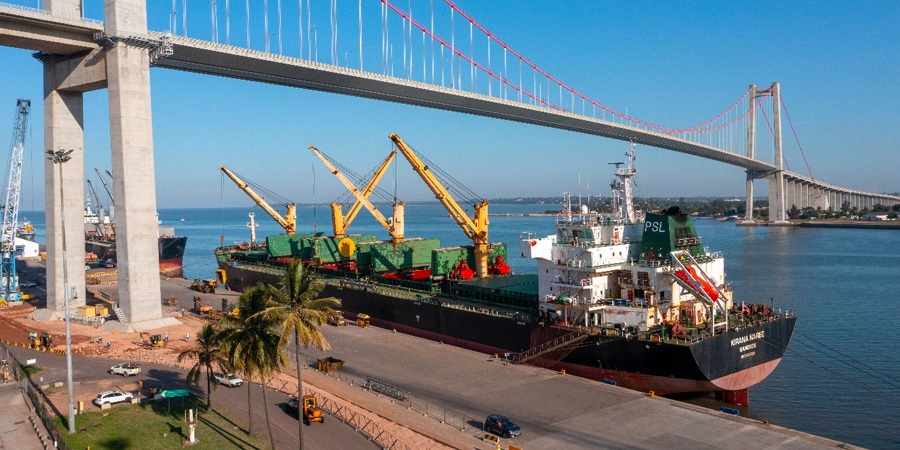
10. Bagamoyo Special Economic Zone
Country: Tanzania
Size: ~11,000 hectares
Focus: Manufacturing, logistics
Notes: Linked to planned mega-port project. The Bagamoyo Special Economic Zone (SEZ) is 9,800 hectares in size. It is a large industrial and commercial park being developed in the Coastal Region of Tanzania, located 50km north of Dar es Salaam.
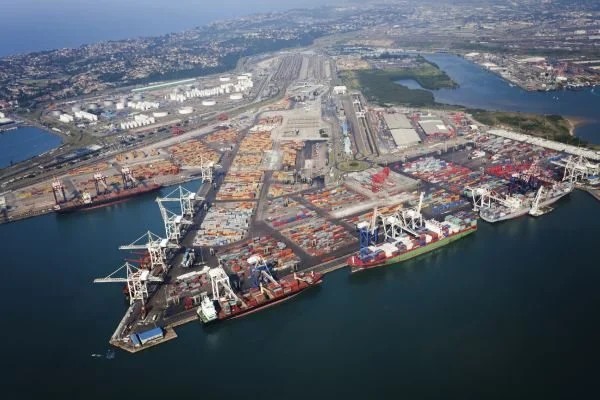
11. Diamniadio Industrial Park
Country: Senegal
Size: ~16,000 hectares
Focus: Light manufacturing, logistics, ICT
Notes: Flagship project near Dakar. The Diamniadio Digital Park is being developed on a 25-hectare area, with an additional 75 hectares available for private sector expansion. The larger Diamniadio urban hub, where the park is located, encompasses a total area of 1,700 hectares.
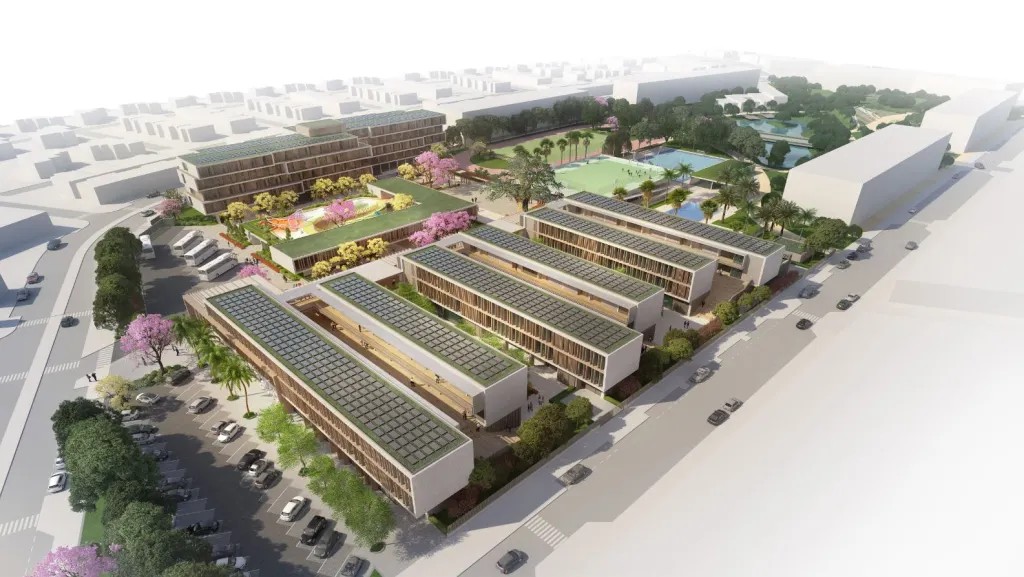
12. Pointe-Noire Economic Zone
Country: Republic of Congo
Size: ~12,000 hectares
Focus: Oil and port logistics.
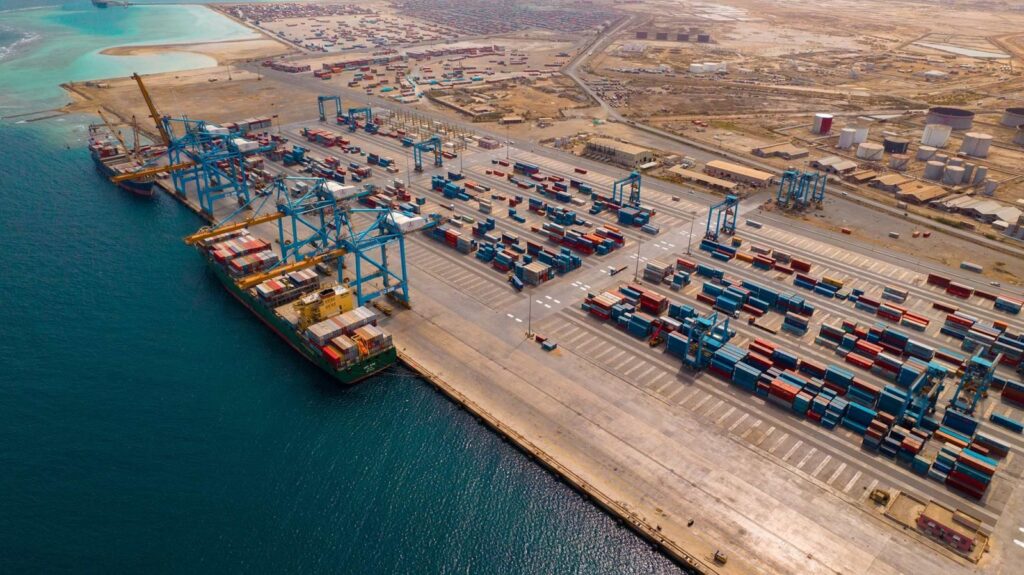
13. Richards Bay Industrial Development Zone
Country: South Africa
Size: ~12,000 hectares
Focus: Heavy industry, minerals export
Notes: Close to Richards Bay Port.
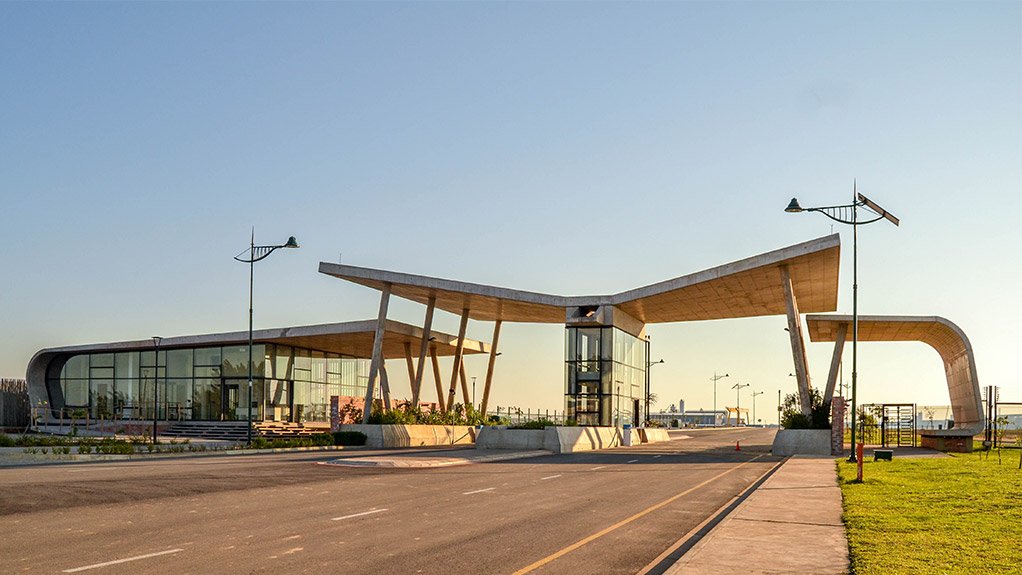
14. Coega Special Economic Zone
Country: South Africa
Size: ~11,500 hectares
Focus: Automotive, energy, export manufacturing
Notes: One of Africa’s most developed SEZs.
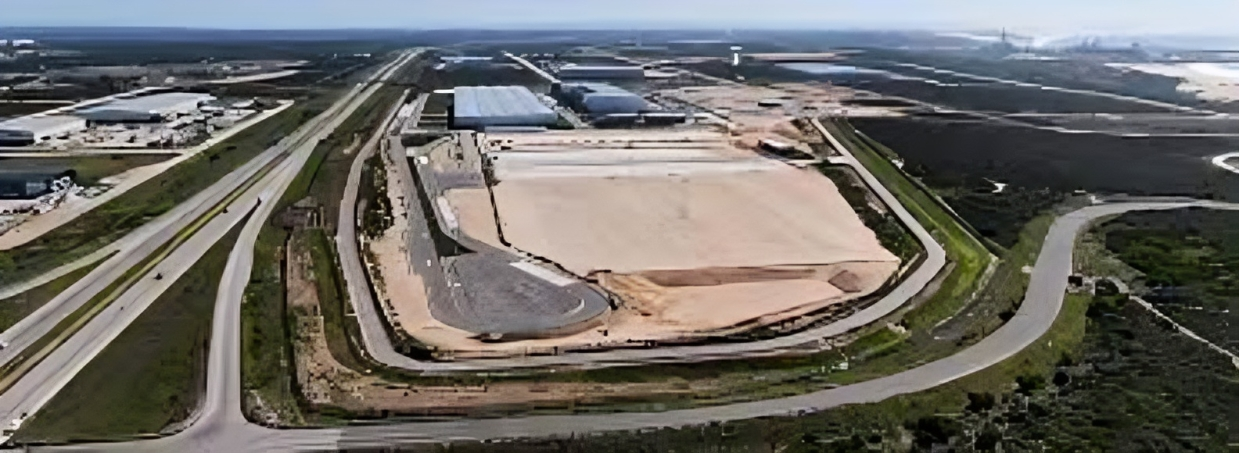
15. Dongo Kundu Special Economic Zone
Country: Kenya
Size: ~10,000 hectares
Focus: Logistics, warehousing, industrial processing
Notes: Adjacent to Mombasa Port.
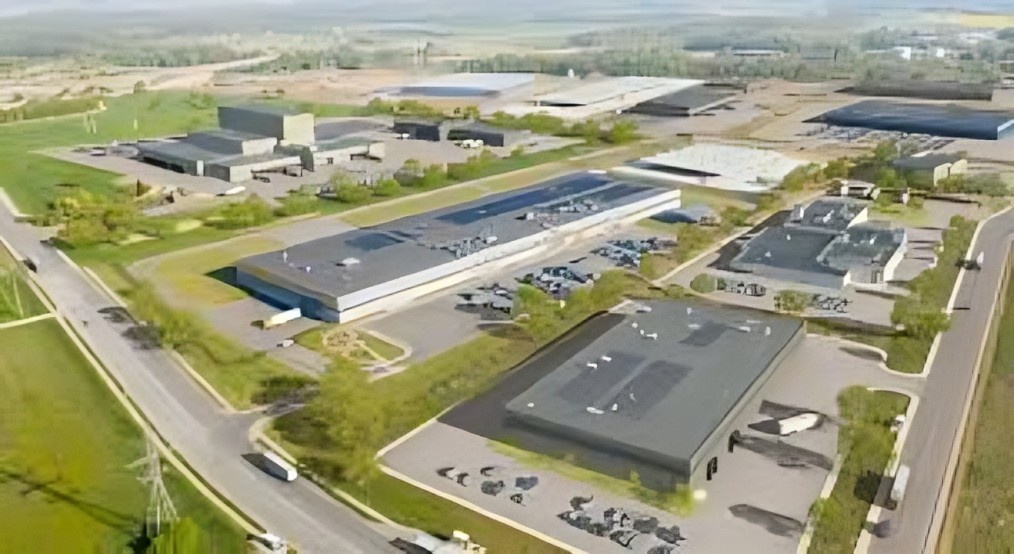
16. Agadir Industrial Park
Country: Morocco
Size: ~10,500 hectares
Focus: Agro-processing, textiles.
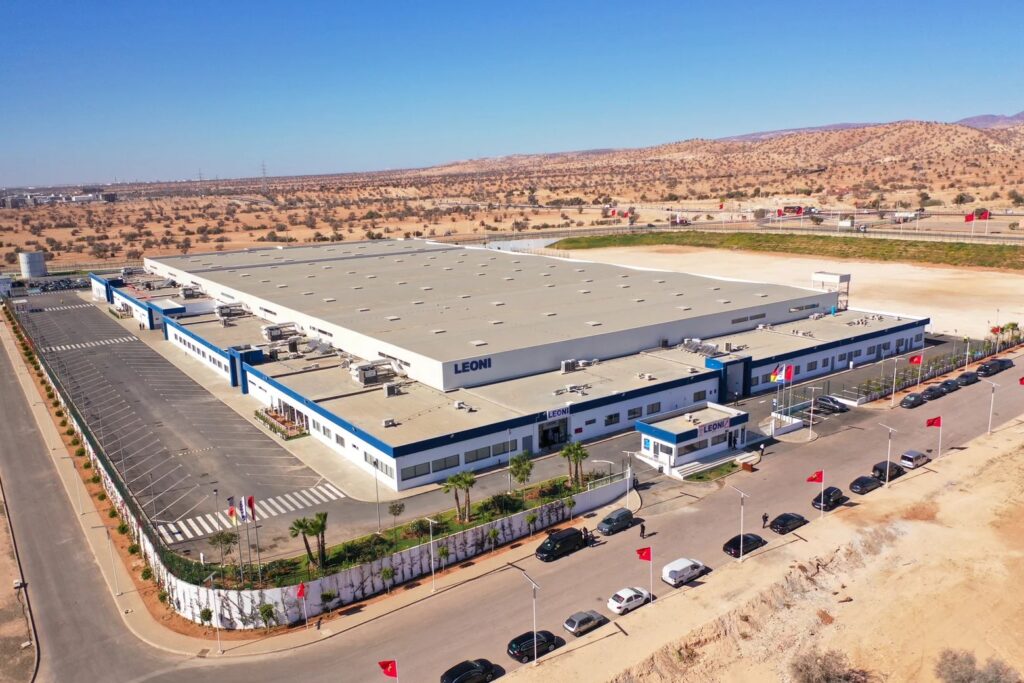
17. East Port Said Industrial Zone
Country: Egypt
Size: ~16,000 hectares
Focus: Light industry, shipping.
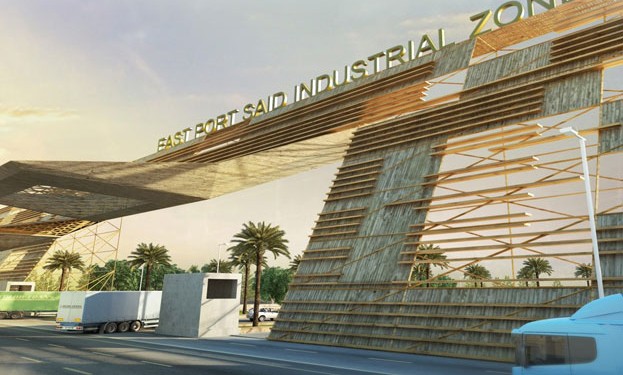
18. Luanda-Bengo Special Economic Zone
Country: Angola
Size: ~10,000 hectares
Focus: Agro-processing, manufacturing.
Luanda-Bengo SEZ is Angola’s only fully operational Special Economic Zone, contributing to job creation and industrial diversification. established in 2009, stands as Angola’s beacon of industrial growth and diversification. As the only fully-fledged SEZ in Angola, it has successfully generated over 19,000 jobs to date, carving a niche in the industrial transformation of a nation historically dependent on oil.
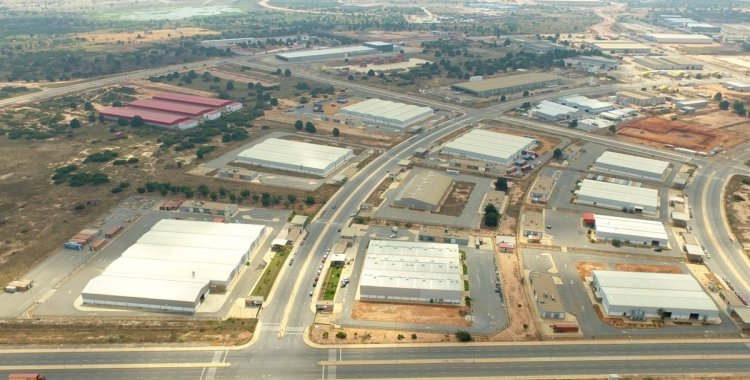
19. Ain Sokhna Industrial Zone
Country: Egypt
Size: ~20,000 hectares
Focus: Petrochemicals, logistics, heavy industries.
Considered as a gateway to the Arab Republic of Egypt, the Arab Gulf states and Asia. Ain Sokhna port is located on the western coast of the Gulf of Suez, about 43 km south away from Suez, with an area of 22.3 km², and with a draft reaches up to 18 meters. Due to the large surrounding areas, the port soon became a major industrial center serving local and international markets.
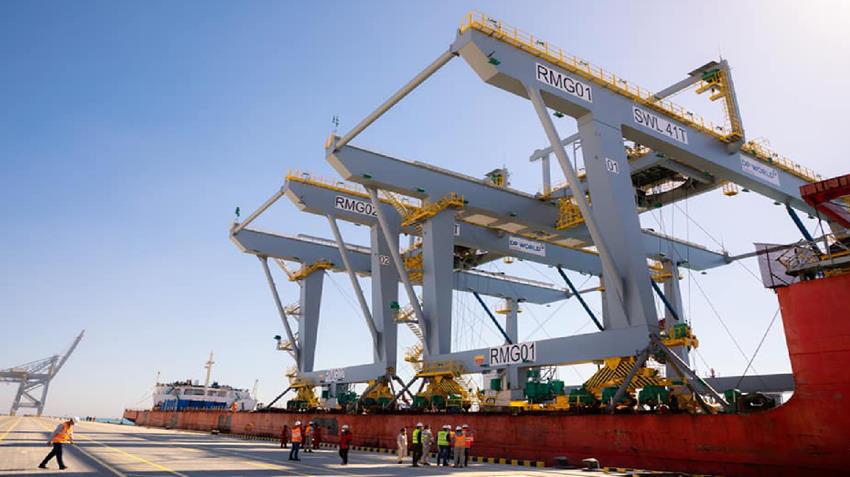
20. Pointe-Noire Logistics Zone
Country: Republic of Congo
Size: ~12,000 hectares
Focus: Port-related industries.
